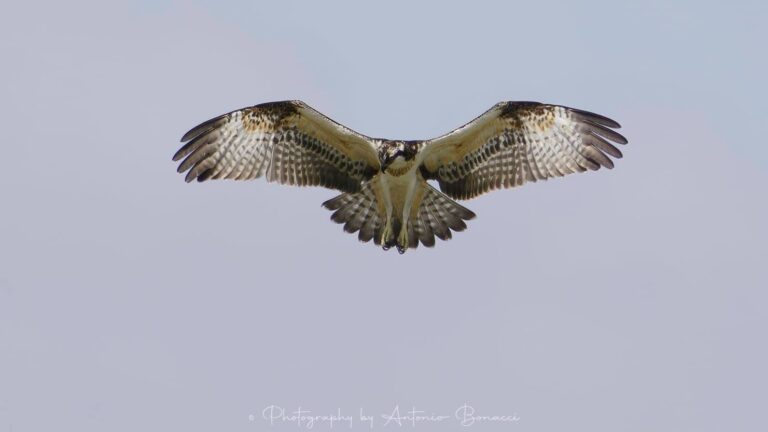AEFONA - Spanish Association of Nature Photographers
AEFONA CODE OF ETHICS

Below is the Ethical Declaration of AEFONA, that all nature lovers should be aware of. Those who are just starting out will find it of help, for those of who already know it, its good to remind ourselves of the code from time to time and to be mindful of the code when we go out to photograph in the field
Spanish Association of Nature Photographers (AEFONA) code of ethics
Respect for nature must prevail over any activity carried out in the
natural environment. This code of ethics is the declaration of basic principles for the
practice of our activity established by AEFONA in order to urge all its partners
and followers to assume it as a personal commitment.
As members of the Spanish Association of Nature Photographers, we must
maintain the highest ethical standards in various areas of action, with the aim
to be an example of integrity and behaviour, especially for new
generations of photographers.
1. The nature photographer must faithfully reflect natural situations and avoid
suffering, disturbances or interferences in the behaviour of living beings
living, having as its main motto that the safety of the subject must prevail over the
obtaining an image. In the case of photographing animal species in captivity,
temporarily deprived of liberty, managed or cultivated (in the case of plants),
he must specify it.
2. Knowledge cushions impacts. The nature photographer must not only
learn the necessary techniques, but should strive to document and
know the behaviour, biology and requirements of the species. look for support
of experienced people and perfecting yourself in this knowledge should be
vocation of every nature photographer.
3. We must set an example with our attitudes. The photographer must obtain permissions
relevant, especially in the case of protected species, and know the regulations
of natural spaces, especially in protected areas where it develops
our activity. It is also advisable to collaborate with the local nursery.
4. Respect and conservation of the integrity of the landscape and its heritage values
(archaeological heritage, geological formations, mineral elements, etc.) must
prevail over the practice of photography. Any alteration or
irreversible manipulation. We must not leave any type of residue in nature.
Plants are also living beings that deserve all our consideration.
It is always better to move or hold branches than to cut or uproot them, even if it is
of common species. Life is as valuable in rare species as in rare species.
common. The concealment of hiding places and observatories should be done with dry branches,
straw bales, inorganic materials…
5. A specific disturbance to avoid is excessive proximity to the subject,
that produces in the animal stress, intimidation, changes in its activity and, above all,
everything, habituation to the human presence. The use of sound with songs of
birds is especially discouraged during the breeding season, due to the negative impact that
has on the avifauna. The experienced photographer must learn to recognize
signs of stress and avoid them.
6. Special attention must be paid to the circumstances in which living beings
may be more vulnerable, such as during the nesting season, when they change their plumage or
in unfavourable weather conditions.
Bird photography is discouraged in their nests. The disturbance of the environment of a nest and the visible presence of the photographer or their equipment can draw the attention of other people or predators to the subject and should be avoided.
7. It is not advisable to feed the wild fauna to carry out photographic activities, since it can create notable alterations in individuals and populations, introduce disease and cause accidents or unnatural behaviour.
The use of animals used as live bait, with their limited ability to escape, is
a practice considered unethical and that must be reported by the author in the image.
8. It is not recommended practice to extract specimens from their habitat or move them from the place
or circumstances in which they are to take pictures elsewhere
uncluttered or, even in a studio or terrarium, since stress is produced, it is put into
danger to the animal and, in addition, the circumstances are not duly documented.
nature in which it inhabits.
9. The special centres where animal species are kept in captivity have precise regulations for visitors that we must know and comply with. Some initiatives prioritize economic activity over its inherent educational function or the animal welfare. If we go to them we are promoting their exploitation. In
the case of living beings, the author must clearly state under what conditions and
context obtained the image and if it comes from animals in captivity or with their
freedom restricted in some way.
10. The position of nature photographers, of respect and non-interference in any
manifestation of nature, must be argued and should be the subject of
dissemination through our tools: reports, exhibitions,
audiovisual… In the event of any infraction or undesirable situation, including
actions outside the current legality that other photographers could carry out,
We must inform the authorities.
These are the generic recommendations for our associates and the official position of
AEFONA faced with the ethical issues raised by our work in nature